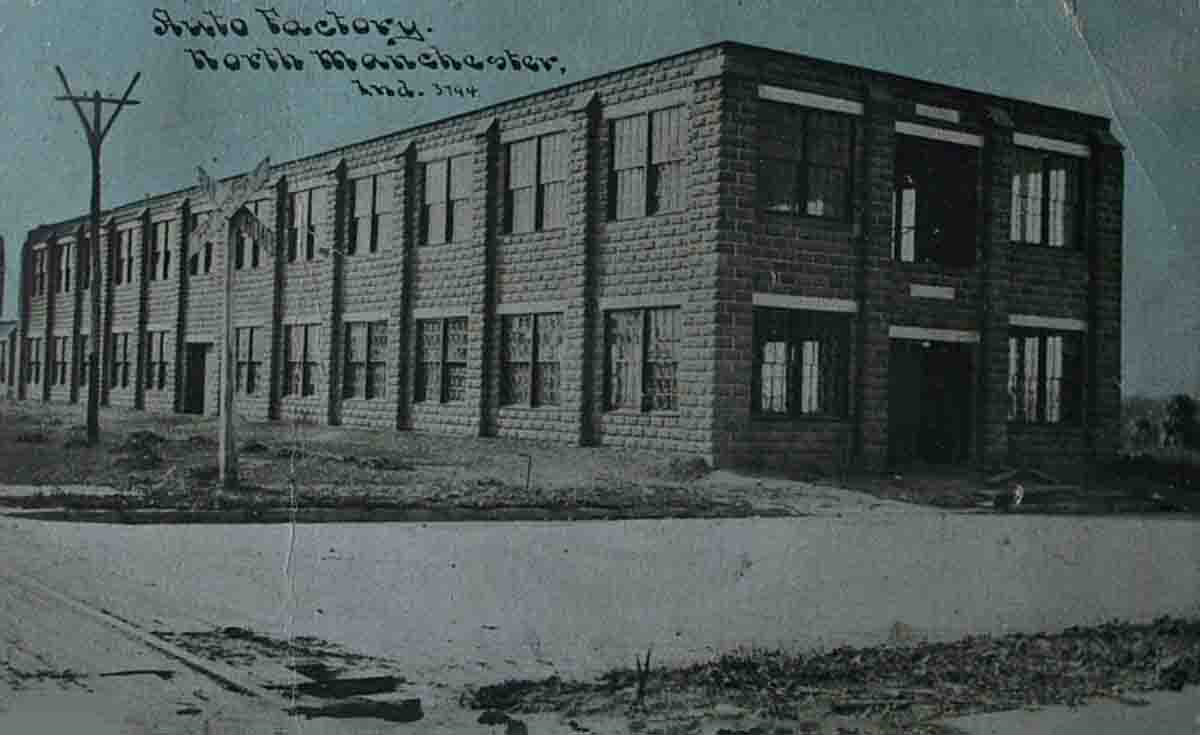| | The Flouring Mill Joseph Harter built the water powered flouring mill southwest of town in 1839 shortly after he and his family, including a married son, Eli, came to town . They built a dam made of stone, brush and earth across the Eel River and started in the milling business. They rebuilt it in better working order in l843 so it was capable of grinding good grade of flour and business went well In 1852 Joseph sold out to his sons, Jacob and Joseph B. They sold to Peter King in 1852. The Daniel Strauss family came into the business in 1879, along with Henry Arnold. Strauss sold his interest in 1886 to his sons, J. W. and Erwin. Erwin sold his interest to J. W. in 1893. During part of this time the firm operated an uptown feed store but about 1906 J. W. Strauss disposed of his interest in the mill and opened a new feed store and feed mill uptown. This competition eventually caused the milling firm to close its uptown store. Others acquired an interest. Isaac Shock secured a part interest about 1872 and sold his interest to Samuel Hamilton in 1884, who sold, in turn, to Jesse Tyler in 1886. Others who secured interest during the next few years were David Hamilton, A. D. and I. E. Gingerick and John Isenbarger. Noah Garber came in about 1906 and Paul Isenbarger became active in management. In 1920 the business was incorporated, with capital at $57,000. Stockholders were Bland and Paul Isenbarger, A. B. Palmer, W. S. Humke, Daniel Sheller, Henry Reiff, William Jennings, George L. Allen, G. L. Shoemaker, J. K. Lautzenhizer & Co. F. P. Kircher, Frank, Cora and Ed Reelhorn, W. C. West, J. H. Miller, H. E. Lautzenhizer, A. L. Bollinger. E. W. Gresso and Hugh L. Kennedy. Ditto Flour was for a time the leading product under corporation management. Cade King bought the mill June 2, 1922. November l3, 1923 the Mill burned. Reiff, Dohner and Paul Isenbarger asked a receiver to apply $17,000 insurance to the debt of King and the action was settled out of court. King rebuilt, taking into the company Hugh Miller and Samuel F. Bowser. But they were unable to meet their obligations and it passed into the control of the State Bank of Warsaw in 1927 and to Indiana Power Company in 1929. This company sold the machinery Page Thirteen | |
